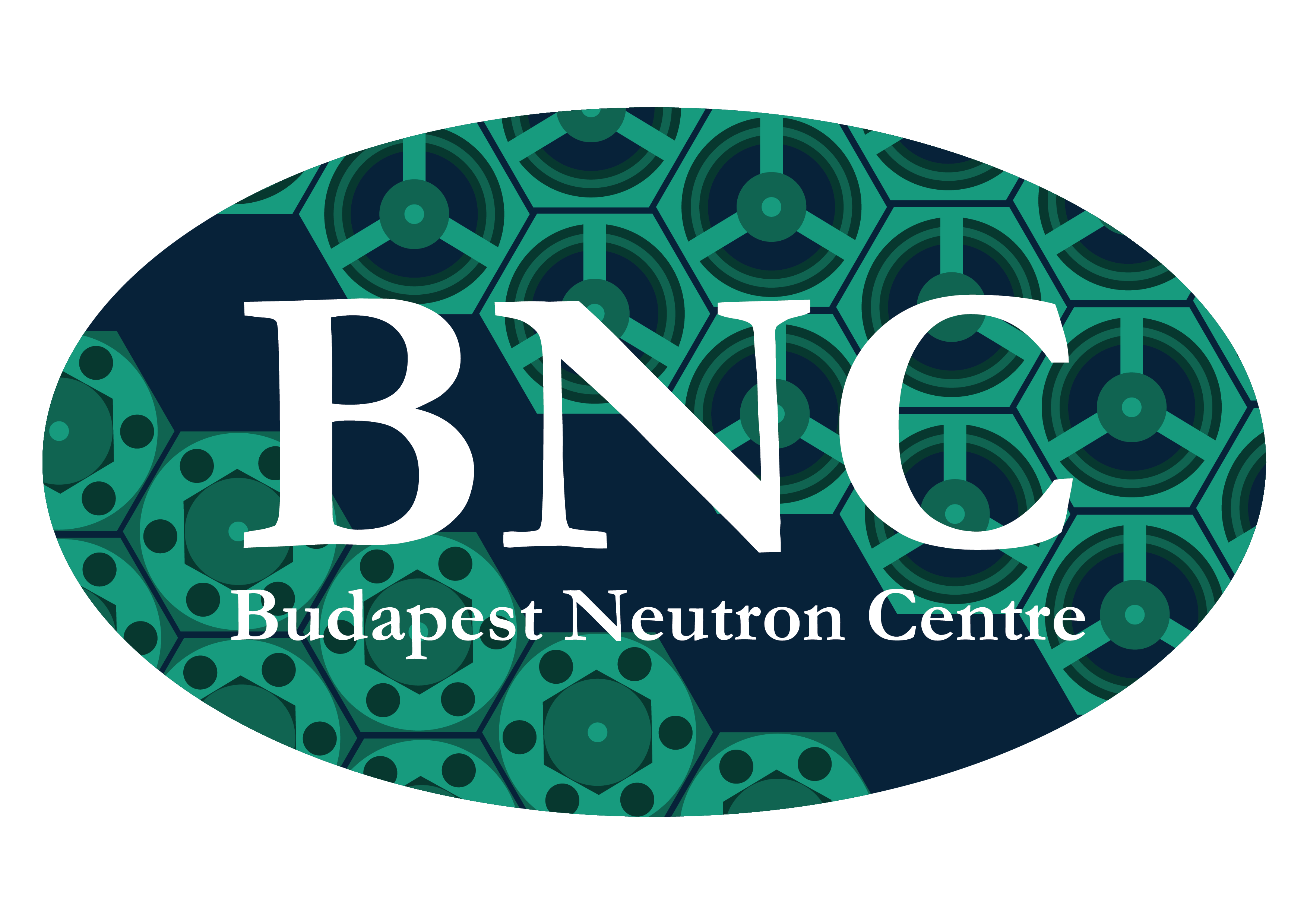REF
REF - Neutron Reflectometer
Instrument responsible: Tamás Veres
Contact: ref@bnc.hu
The neutron reflectometer (REF) located in the cold neutron hall, on guide 10/1. At present time reflectivity can be measured down to 5*10-5 in the case of large samples. The instrument operates at constant wavelength λ = 4.28 Å.The schematic view of the reflectometer is shown in Fig. 1.
Figure 1. The schematic view of the REF neutron reflectometer at the guide No.10/1.
Due to space restrictions in the experimental hall, the neutron path had to be aligned parallel with the guide. Therefore a PG crystal double monochromator system was installed. In order to increase the neutron flux o the sample, the monochromator is fusing. The elements of the focusing monochromators have mosaicity of 0.4 o. The inner and outer monochromators consist of 5x5 and 5 elements, respectively. The sketch of the arrangement is displayed in Fig. 2.
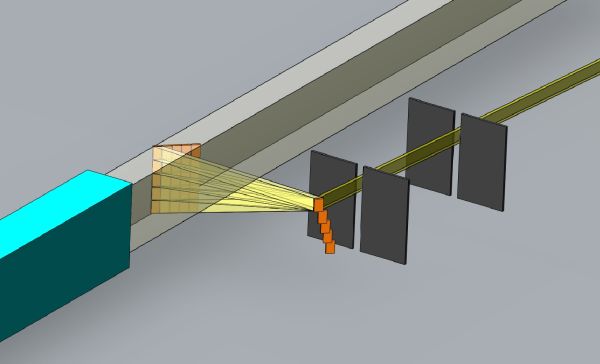
Figure 2: The focusing arrangement of the new monochromators.
The relative intensity is about 3.7 times compared to the non-focusing single element monochromator case. The height of the beam is 8 cm at the sample position, the middle part is the brightest. The higher harmonics of the l = 4.28 Å are filtered out using a Be filter positioned between the two monochromators. The Be block of the filter is mounted in a cryostat and it can be cooled by liquid N2.
The usual slit width of the collimator is 1 mm, but it can be changed between 0.1 and 3 mm, the slit distance is 2 m.
The smallest possible angular step of the sample holder is 0.0055 grad.
The reflected neutrons are detected using a position sensitive 3He detector, with a 200x200 mm2 active area. The installed measurement control software allows to save the 2D picture for every angular steps and to count only neutrons within the region of the specular position.
The sample-detector distance is 160 cm, it providing an angular limit of the angular scan corresponding to the detector size, but by manually moving of the detector, the angular limit can be increased.
Flux of the neutrons at sample position: 780 n/cm2 sec
Typical measurements
In order to illustrate the ability of the instrument several typical measurements are displayed below.
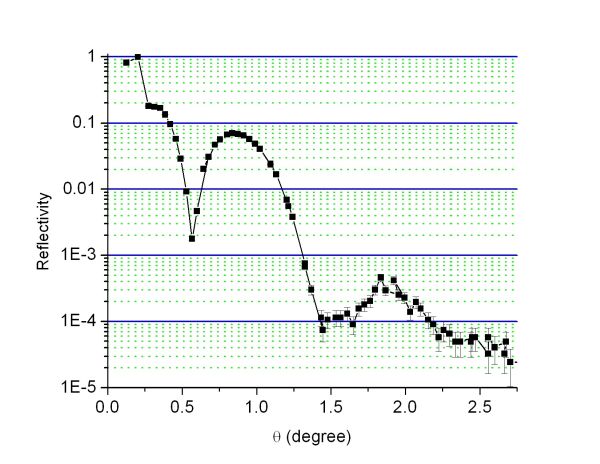
Figure 3. The reflectivity of two Ni-Ti bilayers (dNi=84 Å, dNi=70 Å) on glass substrate.
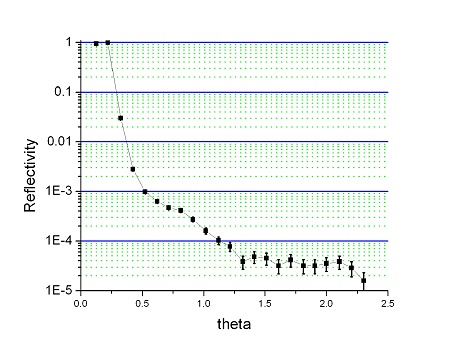
Figure 4. The reflectivity of a glass substrate sample
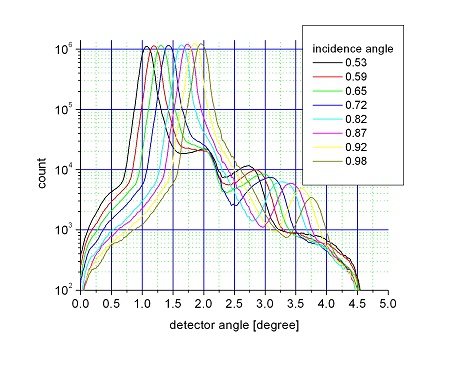
Figure 5: Off-specular neutron reflectograms of reverse layer sequence (thicker layers close to substrate) m=2.5 supermirror at different incidence angles. The first and second order of Resonant Diffuse Scattering maxima are observable on the side of the specular peak.
Utilization of the reflectometer
- quality control of supermirror multilayers;
- thin layer studies;
- offspecular scattering experiments;
- study of standing waves;
References
T. Veres, Sz. Sajti, L. Cser, Sz. Bálint, L. Bottyán Roughness replication in neutron supermirrors, J. Appl. Cryst. (2017) 50, 184-191
T. Veres, L. Cser, V. Bodnarchuk, V. Ignatovich, Z. E. Horváth, B. Nagy, Investigation of periodic Ni-Ti multilayers, Thin Solid Films (2013) 540, 69-72
T. Veres and L. Cser (2010) Study of the reflectivity of neutron supermirrors influenced by surface oil layers, Review of Scientific Instruments 81, 063303
